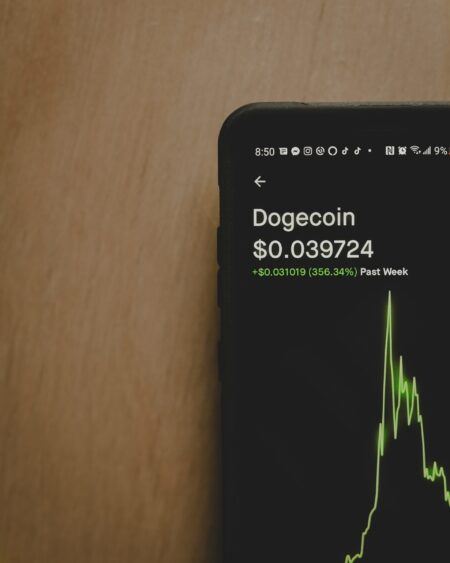Willy Woo, a prominent crypto analyst, recently revisited the altcoin space after a long period of silence.
On 26 October 2024, he took to X (formerly Twitter) to share his perspective on the evolution of the altcoin market, examining the shifts that have taken place over several cycles.
Woo noted that he distanced himself from altcoins years ago, observing the generally poor performance of thousands of tokens over time. However, Woo acknowledged that the current cycle is significantly different from previous ones, marking the third major cycle since altcoins went mainstream in 2017. Woo pointed out that each cycle has attracted a fresh wave of retail investors, many of whom have faced substantial losses.
Woo explained that the first cycle, which peaked in 2017, saw altcoins gain widespread attention, only to leave many retail investors burned as prices crashed. He further noted that the second cycle, occurring between 2020 and 2021, was driven by a surge in interest around DeFi (Decentralized Finance) and NFTs (Non-Fungible Tokens), leading to similar losses for new entrants. Woo emphasized that the third and current cycle has taken on a different character, with meme coins at the forefront. He described these tokens as acknowledging their speculative nature, openly positioning themselves as “bubble casinos” without any claims of technological disruption.
Woo suggested that retail investors may finally be starting to grasp the patterns of the market, remarking that “normally it takes three tries at a thing to learn.” Woo implied that the collective mindset of the market is shifting, with participants becoming more cautious about the narratives often associated with altcoins.
Woo highlighted the long-term trends in the altcoin dominance chart, likening it to a slow-motion version of the COVID-19 market crash. According to Woo, there have been periods when speculation suggested that altcoins could surpass Bitcoin in dominance, but over time, these trends tend to stabilize, returning to a more balanced state. Woo observed that this reversion to balance has not yet been fully realized, leaving open the question of what the final equilibrium will be.
Woo acknowledged that “alt seasons”—when altcoins outperform Bitcoin—are likely to persist, but he anticipates that they will become less pronounced with each cycle. He compared this to equities markets, where smaller, riskier assets often rally following major moves by large-cap assets. Woo believes that future alt seasons will never match the scale of the 2017 altcoin boom.
Woo provided an analogy for the altcoin market capitalization, likening it to a “cricket bat that has had 10 new handles and 10 new blades.” He emphasized that the market cap reflects the successes of new projects, while the failures are quietly discarded. Woo highlighted this constant churn as evidence of the speculative nature of altcoins, urging caution for those investing in the space.
Woo advised that trading altcoins can be profitable, but he cautioned against holding them long-term unless one has insider knowledge. According to Woo, the altcoin market operates similarly to a casino, where insiders—akin to the house—are positioned to have the advantage over time.
The discussion expanded when Bill Barhydt, CEO of Abra, joined the conversation, suggesting a split between Bitcoin’s role as “digital gold” and the evolving landscape of altcoins. According to Barhydt, Bitcoin has successfully established itself as a store of value, while newer altcoin platforms—such as Solana, Sui, and Aptos—are gearing up to handle scalable, low-cost peer-to-peer transactions. Barhydt argued that these platforms are laying the groundwork for financial applications, retail banking, and other real-world uses.
Woo agreed with Barhydt’s observation, summarizing the future of the crypto market as a division between “digital gold and everything else.” Woo illustrated this divide by estimating that the market for store-of-value assets like Bitcoin could match the size of the global economy, while the remaining market—comprised of altcoins functioning as platforms—would be spread across numerous projects, each vying for relevance in an evolving landscape.
Woo expanded on the nature of altcoin platforms, comparing them to various programming languages and execution environments that rise and fall in popularity. According to Woo, these platforms are not guaranteed long-term success, as they function similarly to languages like Fortran, Java, or Rust—technologies that have dominated in their respective eras but eventually gave way to newer solutions. Woo stressed that these environments change with market demands, and their relevance fluctuates over time.
Woo concluded by saying that the evolving nature of altcoin platforms reflects the cyclical dynamics of the market, with insiders standing the best chance of achieving consistent success.
Featured Image via Unsplash









